The 'Idea' Centre
A two-day colloquium promoted by Collegio A Volta, the University of Pavia and Scuola Normale in Pisa will take place on the 6th and 7th of February in the College lecture theatre and will highlight a series of new research projects in the areas of Drug Discovery and Protein Engineering to be carried out under the mandate of a new Collaborative Research Centre named Idea.
The development of new therapeutics - whether small molecules or proteins - is a complex and multistage process that involves expertises in biology, chemistry, biophysics, etc. Further, it requires considerable financial investment in order to enable adequate characterisation of the therapeutic target, screening and selection processes of the primary drug candidate, optimisation of key properties such as affinity and specificity ensuring adequate therapeutic, extensive pre-clinical testing and, finally, clinical trials in humans assessing safety and efficacy.
Both the University of Pavia and Scuola Normale in Pisa have considerable expertises in several of the above areas and have strengthened their research potential by building new research facilities and acquiring new and powerful instrumentation essential for research in Drug Discovery and Protein Engineering, These new facilities and this new nstrumentation includes high-speed compuiter clusters, both in Pavia and Pisa, extensive facilities for cell biological research (super resolution microscopes, cell analysers and cell sorters), electron microscopes for both cell and tissue analysis and for structural studies, mass and nuclear magnetic resonance spectrometers and instruments for in vivo imaging (both magnetic resonance imaging and micro computer tomography).
The colloquium will discuss ongoing and new research projects and will offer the opportunity to frame new collaborative projects in these areas between the Univetrsity of Pavia and Scuola Normale in Pisa in years to come. The poster of the colloquium can be downloaded here and all College students are warmly invited to participate.
Image: the first crystal structure of an important class of therapeutic proteins: a monoclonal antibody (PDB accession 1IGT).
Teaching 2018/19
On 17th December 2018 EDiSU published the list and a preliminary ranking order of students who had applied for College-based teaching for the current academic year. A copy of the list can be found at this page. The new procedure has been implemented in order to maximise financial support from government toward College-based teaching.
The final ranking order of students contributing to teaching will be established after a round of students' interviews that will take place in the coming days (7th-11th of January 2019).
Image: Palazzo Vistarino, the main site of EDISU offices.
Pavia Colleges
On the 5th of December 2018 nearly two thousand students of the University of Pavia took to the streets in order to protest against prospective cuts to students' bursaries and the collegiate system of the University of Pavia. A number of University lecturers also joined the protest. The University of Pavia has enjoyed higher than average governemental income toward students bursaries and eleven University Colleges.
Under Italian law support for Higher Education reaches students and Universities via regional government, Regione Lombardia in the case of the University of Pavia. New criteria for resource allocation currently under consideration by regional government, however, may appreciably decrease the quota of funding reaching the students of the University of Pavia and the Colleges at Pavia.
The Chancellor of the University of Pavia and the President of EDiSU, the body in charge of governing the eleven University Colleges present at Pavia and students' bursaries , are engaging Regione Lombardia in order to reverse the threat of the cuts. They can count on extensive support from the students and staff of the University of Pavia in this endeavour and first and above on the support of students living and working in the Colleges of the University, including the students of Volta who had a strong role and presence in the demonstration of 5 December 2018.
Image: a photograph of the demonstration of 5 December 2018 against the prospective cuts to students' grants and University Colleges at the University of Pavia.
HMGB1 Protein
On the 10th of December 2018 Marco Bianchi, of Università San Raffaele, will give a seminar entitled High Mobility Group Box 1 protein orchestrates tissue regeneration via CXCR4 at 5.00 pm in the College lecture theatre. In his talk ME Bianchi will discuss the signaling role of HMGB1 (High Mobility Group Box 1) protein as Damage Associated Molecular Pattern (DMAP) protein. DAMPs are molecules that are normally present inside cells, and whose extracellular presence signals that some cell has died or risks doing so. HMGB1, as the prototypical DAMP, signals tissue damage and triggers inflammation.
This is a major area of research in cancer biology, crucial for understanding the somatic evolution of cancer. All College students are invited to attend, especially those reading Medicine, Biology, Biotechnology and Pharmaceutical Sciences. The poster of the lecture can be downloaded here. Further information about the seminar, including an abstract, short biography and key references can be found at this page.
Image: human hepatocytes in culture. Liver parenchymal cells are a key target cell population for liver regeneration.
High Mobility Group Box 1 protein orchestrates tissue regeneration via CXCR4
10th December 2018.
Marco Bianchi, San Raffaele University, Milan
On the 10th of December 2018 Marco Bianchi, of Università San Raffaele, will give a seminar entitled High Mobility Group Box 1 protein orchestrates tissue regeneration via CXCR4 at 5.00 pm in the College lecture theatre. In his talk ME Bianchi will discuss the signaling role of HMGB1 (High Mobility Group Box 1) protein as Damage Associated Molecular Pattern (DMAP) protein. DAMPs are molecules that are normally present inside cells, and whose extracellular presence signals that some cell has died or risks doing so. HMGB1, as the prototypical DAMP, signals tissue damage and triggers inflammation. This is a major area of research in cancer biology, crucial for understanding the somatic evolution of cancer. All College students are invited to attend, especially those reading Medicine, Biology, Biotechnology and Pharmaceutical Sciences. The poster of the lecture can be downloaded here.
Abstract
Inflammation and tissue regeneration follow tissue damage, but little is known about how these processes are coordinated.High Mobility Group Box 1 (HMGB1) is a nuclear protein that, when released on injury, triggers inflammation. Remarkably, extracellular HMGB1 recruits inflammatory cells when it is fully reduced, and activates them when a disulfide bond forms between two cysteines. We have now found that fully reduced HMGB1 is also involved in tissue regeneration: it orchestrates muscle and liver regeneration via CXCR4 receptor, whereas disulfideHMGB1 and its receptors TLR4/MD-2 and RAGE (receptor for advanced glycation end products) are not involved. Injection of HMGB1 accelerates tissue repair by acting on resident muscle stem cells, hepatocytes, and infiltrating cells. The nonoxidizable HMGB1 mutant 3S, in which serines replace cysteines, promotes muscle and liver regeneration more efficiently than the wildtype protein and without exacerbating inflammation, by selectively interacting with CXCR4. Overall, our results show that the reduced form of HMGB1 coordinates tissue regeneration and suggest that 3S may be used to safely accelerate healing after injury in diverse clinical contexts.
Biography
ME Bianchi graduated in Biology at the Università di Milano in 1980, and soon after moved to Yale University, joining the Radding lab and studying molecular aspects of recombination catalyzed by RecA, a bacterial protein. On returning to the Università di Milano in 1983, he started looking for equivalent proteins in eukaryotes. This work blossomed when he moved in 1986 to the EMBL in Heidelberg, as an independent Staff Scientist: he isolated a protein that bound Holliday junctions, recombination intermediates formed by DNA molecules swapping helices. After joining the University of Pavia as an Associate Professor in 1989, he showed that this protein, HMGB1, was the founding member of so called “architectural proteins” that distort and bend DNA as chaperone to promote the assembly of multiprotein-DNA complexes. Since 1992 he is at San Raffaele, where he is currently a Professor of Molecular Biology, and where he identified HMGB1 as the first DAMP, a class of molecules that had been predicted by the dogma-changing “Danger Theory” of immunology.
Reference
[1] Tirone M, Tran NL, Ceriotti C, Gorzanelli A, Canepari M, Bottinelli R, Raucci A, Di Maggio S, Santiago C, Mellado M, Saclier M, François S, Careccia G, He M, De Marchis F, Conti V, Ben Larbi S, Cuvellier S, Casalgrandi M, Preti A, Chazaud B, Al-Abed Y, Messina G, Sitia G, Brunelli S, Bianchi ME* and Vénéreau E* (2018) High Mobility Group Box 1 orchestrates tissue regeneration via CXCR4. J Exp Med 215: 303-18. doi: 10.1084/jem.20160217.
[2] Bianchi ME, Crippa MP, Manfredi AA, Mezzapelle R, Rovere Querini P and Venereau E (2017) High Mobility Group Box 1 protein orchestrates responses to tissue damage via inflammation, innate and adaptive immunity, and tissue repair. Immunol Rev 280: 74-82. doi: 10.11
Image
Immunofluorescence of skeletal muscle, one of the targets of the HMGB1-CXCR4 signalling pathway.
Molecular Medicine
Three scientists working in the Department of Molecular Medicine of the University of Pavia will give research seminars in the coming days. The first seminar by Patrizia Sommi at 2.00 pm on the 29th of November will discuss Nanoparticle-cell interaction for new applications in nanomedicine. The second one by Federica Pisano at 2.00 pm on the 3rd of December will address Stem cell secretome to treat heart disease and the final one by Hugo de Jonge at 2.00 pm on the 6th of December will tackle: SF-MET complex: a basis for developing receptor agonists and antagonists.
The three seminars highlight new therapeutic approaches to disease that may have important applications in future. All College students are warmly invited to attend, especially studfents of Biology, Biotechnology, Medicine . The posters of the seminars can be downloaded here.
College Rules & Regulations
The College Rules & Regulations, available in an Italian version at this page on the College website and downlodable here have been revised in several respects, largely to comply with changing Health & Safety and EDiSU Regulations. The English version will be updated shortly as well. The following points are worth noting:
Residence. The College aims to introduce an electronic system that keeps track of the students present in the College building at any time. This is specially important on Health & Safety grounds. Further information will be made available as soon as the workability of the new system is confirmed.
Guests. Guests will to sign in and sign out when they enter and leave College, once more on Health & Safety grounds. The hours at which guests must leave the College have also been updated in order to comply with the working hours of the College porters. Students expecting guests on Sunday must inform College in advance and provide details of the name surname, address, arrival and departure time of the guests.
Parties. Parties organised by individual students (birthday, graduation, etc) involving up to 15 people must be notified to College at least 3 days in advance. Permission for these is granted by College. Larger parties organised by groups of students, ie College Clubs & Societies, must be notified to College at least 10 days in advance. Permission for these parties is granted jointly by College and EDiSU.
Discipline. EDiSU has introduced minor changes in matters of discipline last May and the College Rules & Regulations have been updated accordingly.
The College, as always, welcomes comments and suggestions from students about the Rules & Regulations and any other aspect of College life.
College Teaching
The long awaited 'Bando' EDiSU in support of College teaching and services - including library support - has been published. The text of the call for interest is available at this page on the EDiSU website and the same page contains the links to two additional documents: a privacy statement and, most importantly, the application form.
All students of Collegio A Volta interested in teaching one of the College Courses, or one of the College tutorials or interested in offering library support must apply to EDiSU using the relevant application form before 12.00 noon on the 29th of November 2018. Applications must be taken in by hand to the Ufficio Protocollo at EDiSU headquarter at 26, via Sant'Ennodio, Pavia or sent by certified electronic email or by recorded mail.
Image: College students attending the 2017 EDiSU Open Day.
Myc and Transcription
Mattia Pelizzola of the Italian Institute of Technology branch in Milan will give a seminar entitled MYC-dependent dynamics of transcriptional regulation on the 26th of November 2018 at 2.00 pm in the College lecture theatre. In his seminar M Pelizzola will report major progress from work carried out in his laboratory on the mechanisms through which the transcription factor Myc orchestrates transcription of hundreds of target genes and the temporal dynamics aof this process. All College students are invited to attend, especially those reading Medicine, Biology, Biotechnology and Pharmaceutical Sciences. The poster of the lecture can be downloaded here. Further information about the seminar, including an abstract and a short biography can be found at this page.
Image: Crystal structure of the Myc and a partner protein protein (Max) bound to DNA.
MYC-dependent dynamics of transcriptional regulation
26th November 2018.
Mattia Pelizzola, Italian Institute of Technology, Milan
On the 26th of November 2018 Mattia Pelizzola of the Italian Institute of Technology branch in Milan will give a seminar entitled MYC-dependent dynamics of transcriptional regulation at 2.00 pm in the College lecture theatre. In his talk M Pelizzola will discuss extensive studies from his laboratory that have enabled in depth understanding of the complex gene dynamics and regulation enabled by the transcription factor Myc, the product of the MYC proto-oncogene and a master regulator of cell proliferation. All College students are invited to attend, especially those reading Medicine, Biology, Biotechnology and Pharmaceutical Sciences. The poster of the lecture can be downloaded here.
Abstract
Overexpression of the MYC transcription factor causes its widespread interaction with regulatory elements in the genome but leads to the up- and down-regulation of discrete sets of genes. The molecular determinants of these selective transcriptional responses remain elusive. Here, we present an integrated time-course analysis of RNA and RNAPII dynamics following MYC activation in proliferating mouse fibroblasts, based on chromatin immunoprecipitation, metabolic labeling of newly synthesized RNA, extensive sequencing, and mathematical modeling. Altogether, our results shed light on how overexpressed MYC alters the various phases of the RNAPII cycle, and leads to pervasive post-transcriptional regulation.
Biography
Mattia Pelizzola graduated in Biotechnology in 2001 at the Milano-Bicocca University. Following a PhD in computational biology, he spent 4 years in the States for two postdocs, first at the Yale University, and later on at the Salk Institute. In 2011 he moved back to Milan to start his own group at the Center for Genomic Science of the Italian Institute of Technology, located within the IFOM-IEO campus. His research currently focuses on the characterization of epigenomics and epitranscriptional determinants of RNA dynamics, and how these are altered in disease conditions. His group employes an interdisciplinary approach, which combines experimental and computational methods, including metabolic labelling of nascent RNA, epitranscriptome profiling and their integrative analysis through mathematical modelling.
Reference
[1] De Pretis et al. Genome Res 27:1658 (2017).
Image
Fluorescence in situ hybridisation with a Myc gene probe demonstrates amplification of the Myc gene in cancer cells.
More...
Blood Stem Cells
Nicola Vannini of the Ludwig Institute for Cancer Research in Lausanne will give a seminar on the 22nd of November 2018 entitled Metabolic modulation of hematopoietic stem cells at 2.00 pm in the College lecture theatre. The talk will address the important - but incompletely understood link between the metabolic activity of haematopoietic stem cells and their behaviour. All College students are invited to attend, especially those reading Medicine, Biology, Biotechnology and Pharmaceutical Sciences. The poster of the lecture can be downloaded here.
Image: A bone marrow stem cell (green) and a megakaryocytic (red). Courtesy of D Zhao and Linheng Li, Stowers Institute for Medical Research.
Metabolic modulation of haematopoietic stem cells
22th November 2018.
Nicola Vannini, Ludwig Institute, Lausanne, Switzerland
On the 22nd of November 2018 Nicola Vannini of the Ludwig Institute for Cancer Research at Lausanne will give a seminar entitled Metabolic modulation of hematopoietic stem cells at 2.00 pm in the College lecture theatre. In his talk N Vannini will discuss new data demonstrating how metabolic modulation of haematopoietic stem cells impact on their functions. This is a newly uncovered and potentially important level of regulation of stem cells behaviour. All College students are invited to attend, especially those reading Medicine, Biology, Biotechnology and Pharmaceutical Sciences. The poster of the lecture can be downloaded here.
Abstract
Cellular metabolism is recently emerging as a potential regulator of stem cell fate (Sahin and Depinho 2010, Suda, Takubo et al. 2011, Zhang, Khvorostov et al. 2011), constituting a crucial regulator of the HSC pool (Gan, Hu et al. 2010, Gurumurthy, Xie et al. 2010, Nakada, Saunders et al. 2010). The energy demand of quiescent HSCs relies on anaerobic glycolisis, which has to be rapidly switched to oxidative phosphorylation to enable hematopoietic differentiation (Takubo, Nagamatsu et al. 2013, Yu, Liu et al. 2013). Consistently, hematopoietic stem and progenitor cells belong to a 6-9% population of the entire bone marrow (BM), characterized by low mitochondrial activity,(Simsek, Kocabas et al. 2010) and their metabolic profiles have been associated with their localization in hypoxic regions of the BM(Parmar, Mauch et al. 2007, Simsek, Kocabas et al. 2010). Here we show that mitochondrial activity is a functional predictor of HSC engraftment both in vivo and in vitro and its modulation is capable to displace the LT-HSC/ST-HSC equilibrium in vivo by maintaining LT-HSC and increasing ST-HSC pools. Distinct hematopoietic compartments show specific increases in mitochondrial activity during commitment. Furthermore, mitochondrial activity resolves the function of stem and progenitor cells. In LKS cells (lin-cKit+Sca1+) efficient long term engraftment is retained in a subpopulation with low mitochondrial activity (TMRM low). Similarly, long and short term engraftment potential is restricted to TMRM low LKS-CD150+CD34- and LKS-CD150+CD34+ populations respectively. Considerably low mitochondrial activity discriminates HSCs retaining engraftment potential after in vitro culture. Modulation of mitochondrial metabolism in mice, supplemented with the metabolic modulator nicotinamide riboside (NR)(Canto, Houtkooper et al. 2012), increases the ST-HSC compartment which is critical in driving hematopoiesis during the short post-transplant period via mitophagy induction. Accordingly, limiting BM transplant shows a dramatic improvement of survival in mice treated with NR compared to untreated ones, as predicted by faster platelet and neutrophil recoveries. Thus mitochondrial metabolism is a critical functional marker for LT-HSC, ST-HSC and in vitro cultured cells, and it reveals novel strategies to modulate the balance between hematopoietic compartments with possible significant clinical impact.
Biography
Nicola Vannini after his MSc degree in Biological Sciences obtained at the University of Parma, moved to La Jolla (CA) where he worked for two years at the Burnham Institute in the laboratory of Prof. John C. Reed and Prof. Giovanni Paternostro studying the metabolic basis of cardiac aging. Afterwards he moved back to Italy in order to complete his doctoral studies. In that period he worked at the National Institute for Cancer Research in Genova under the supervision of Dr. Adriana Albini and Prof. Douglas Noonan. His research topic was on the development of nutritional interventions as strategy to prevent tumor progression and angiogenesis, with particular focus on anti-inflammatory processes. After his studies Nicola Vannini has worked in the laboratory of stem cell bioengineering directed by Prof. Matthias Lütolf at the EPFL as postdoctoral fellow. There he developed a semi-automated system to analyze hematopoietic stem cell (HSC) fate at single cell level and, most recently, discovered important metabolic features regulating HSC function. In 2014 he continued his work in the laboratory of Prof. Olaia Naveiras and in collaboration with Prof. Johan Auwerx at the EPFL, where he developed targeted metabolic interventions capable to manipulate HSC fate. Since March 2016 Nicola Vannini is project leader at the Ludwig Center for Cancer Research (Lausanne branch) within the group of Prof. George Coukos. His primary research goals are the understanding of metabolic changes occurring during aging in the hematopoietic and immune compartments. Lastly he is currently developing targeted therapies that can prevent/revert the aging processes and consequently improve tumor immunotherapy and immunosurveillance. Specific interests include metabolic treatment for immunotherapy non-responders, metabolic reprogramming of myeloid biased HSC in aged and chemotherapy-treated patients, development of novel methods to boost blood reconstitution in transplanted patients and understanding the metabolic features of T cell exhaustion.
References
[1] Vannini N*, Campos V, Girotra M, Trachshel V, Rojas-Sutterlin S, Tratwal J, Ragusa S, Stefanidis E, Ryu D, Rainer PY, Nikitin G, Giger S, Semilietof A , Yersin Y, Cheng WC, Tauzin L, Pirinen E, Ratajczak J, Canto C, Sizzano F, Palini A, Petrova TV, Vanhecke D, Nahimana A, Duchosal MA, Ho PC, Deplanke B, Coukos G, Auwerx J, Lutolf MP and Naveiras O*. The NAD-booster nicotinamide riboside potently stimulates hematopoiesis through increased mitochondrial clearance. Cell Stem Cell, Under final revisions
[2] Roch A, Giger S, Girotra M, Campos V, Vannini N, Naveiras O, Gobaa S, Lutolf MP. Identification of functional artificial niches by single hematopoietic stem cell fate analyses. Nat Commun. 2017
[3] Vannini N, Girotra M, Naveiras O, Nikitin G, Campos V, Giger S, Roch A, Auwerx J, Lutolf MP. Specification of haematopoietic stem cell fate via modulation of mitochondrial activity. Nat Commun. 2016
[4] Vannini N, Roch A, Naveiras O, Griffa A, Kobel S, Lutolf MP. Identification of in vitro HSC fate regulators by differential lipid raft clustering. Cell Cycle. 2012
Gene duplication
On the 19h of November 2018 Giuliana Giannuzzi of the University of Lausanne will give a seminar entitled Segmental duplication in human disease, diversity and evolution at 2.00 pm in the College lecture theatre. In her talk will discuss the evolutionary, population and medical implications of the process of duplications of chromosomal segments.
All College students are invited to attend, especially those reading Medicine, Biology, Biotechnology and Pharmaceutical Sciences. The poster of the lecture can be downloaded here. Further information about the seminar, including abstract, references and a short biography of the speaker can be found at this page.
Image: Nucleotide variation among segmental duplications. From Hartasánchez et al. G3: Genes, Genomes, Genetics 4:1479-89,2014.
Segmental duplication in human disease, diversity and evolution
19th November 2018.
Giuliana Giannuzzi, University of Lausanne, Switzerland
On the 19th of November 2018 Giuliana Giannuzzi of the University of Lausanne will give a seminar entitled Segmental duplication in human disease, diversity and evolution at 2.00 pm in the College lecture theatre. In her talk G Giannuzzi will discuss the mechanisms as well as the evolutionary implications of the duplications of segments of chromosomes. All College students are invited to attend, especially those reading Medicine, Biology, Biotechnology and Pharmaceutical Sciences. The poster of the lecture can be downloaded here.
Abstract
Segmental and gene duplications in the human genome are important for human genetic variation, disease and evolution. They represent human genome trade-offs between the possible adaptive function of duplicated genes mapping to these segments and their potential priming of pathogenic rearrangements. One example is the 16p11.2 locus, where recurrent copy number variation (CNV) is mediated by a complex set of segmental duplications. The deletion and duplication are associated with autism, schizophrenia, and reciprocal defects in head size and body weight. We interrogated the transcriptome of individuals carrying reciprocal 16p11.2 CNVs and found that transcript perturbations correlated with clinical endophenotypes and were enriched for genes associated with ASDs, abnormalities of head size, and ciliopathies. Ciliary gene expression was also perturbed in corresponding mouse models, suggesting that ciliary dysfunction contributes to 16p11.2 pathologies.We reconstructed the evolutionary history of the locus and discovered that it had been dramatically reorganized during hominid evolution. This series of genomic changes includes the Homo sapiens-specific duplication of the BOLA2 (BolA family member 2) gene, a gene involved in iron homeostasis, approximately 282 thousand years ago. This duplication that predisposes our species to the recurrent pathogenic 16p11.2 CNV, is absent from the genomes of our extinct relatives Neanderthal and Denisovan. It is apparently under selection (P<0.0097) and nearly fixed in the human lineage. Preliminary data on the possible functional role of BOLA2 duplication in 16p11.2 pathology and evolution of human-specific features will be presented. This region exemplifies that in the future we should comprehensively study structurally composite and repetitive regions of the human genome that predispose to pathogenic rearrangements while embedding human-specific genes, to unravel their role in disease, complex traits and evolution of human-specific features.
Biography
G Giannuzzi studied Medical Biotechnology and Molecular Medicine and obtained a PhD in Genetics and Molecular Evolution from the University of Bari. During her PhD she spent one year as visiting student in the laboratory of Prof. Evan Eichler, University of Washington, Seattle, where she worked on the evolution of the primate LRRC37 gene family. In 2012 she joined the laboratory of Prof. Alexandre Reymond of the University of Lausanne as a postdoc to study the molecular signatures associated with the evolution, diversity and disease of the 16p11.2 region of the human genome.
References
[1] Nuttle X*, Giannuzzi G*, Duyzend MH, Schraiber JG, Narvaiza I, Sudmant PH, Penn O, Chiatante G, Malig M, Huddleston J, Benner C, Camponeschi F, Ciofi-Baffoni S, Stessman HA, Marchetto MC, Denman L, Harshman L, Baker C, Raja A, Penewit K, Janke N, Tang WJ, Ventura M, Banci L, Antonacci F, Akey JM, Amemiya CT, Gage FH, Reymond A, Eichler EE. *equally contributing. Emergence of a Homo sapiens-specific gene family and chromosome 16p11.2 CNV susceptibility. Nature. 2016 Aug 11;536(7615):205-9.
[2] Migliavacca E, Golzio C, Männik K, Blumenthal I, Oh EC, Harewood L, Kosmicki JA, Loviglio MN, Giannuzzi G, Hippolyte L, Maillard AM, Alfaiz AA; 16p11.2 European Consortium, van Haelst MM, Andrieux J, Gusella JF, Daly MJ, Beckmann JS, Jacquemont S, Talkowski ME, Katsanis N, Reymond A. A potential contributory role for ciliary dysfunction in the 16p11.2 600 kb BP4-BP5 pathology. Am J Hum Genet. 2015 May 7;96(5):784-96.
Image
A diagramatic representation of gene duplication in A thaliana,
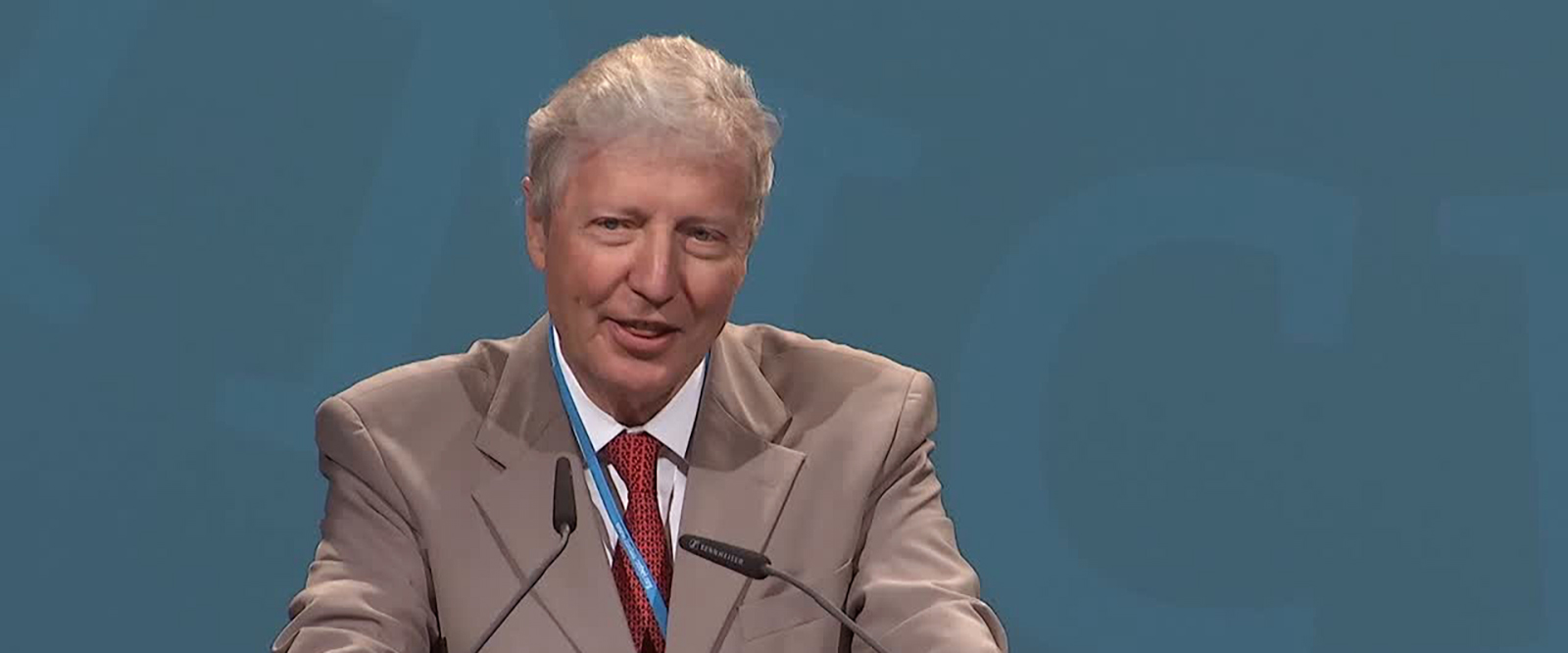
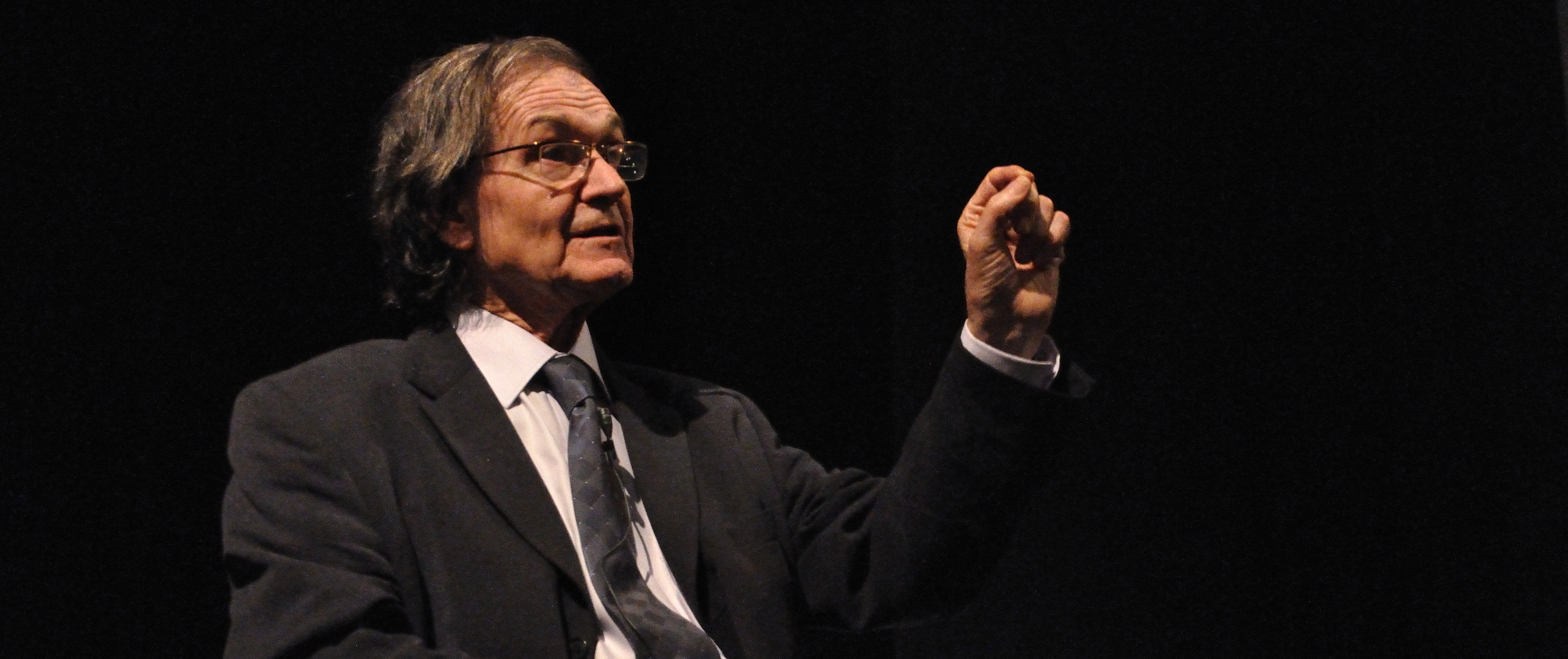
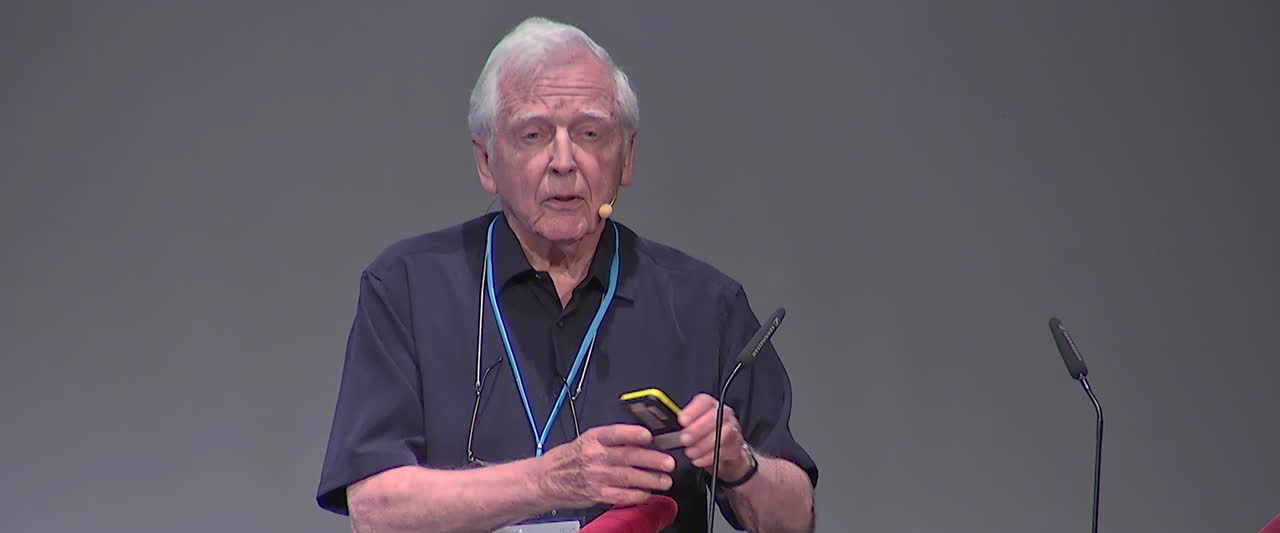
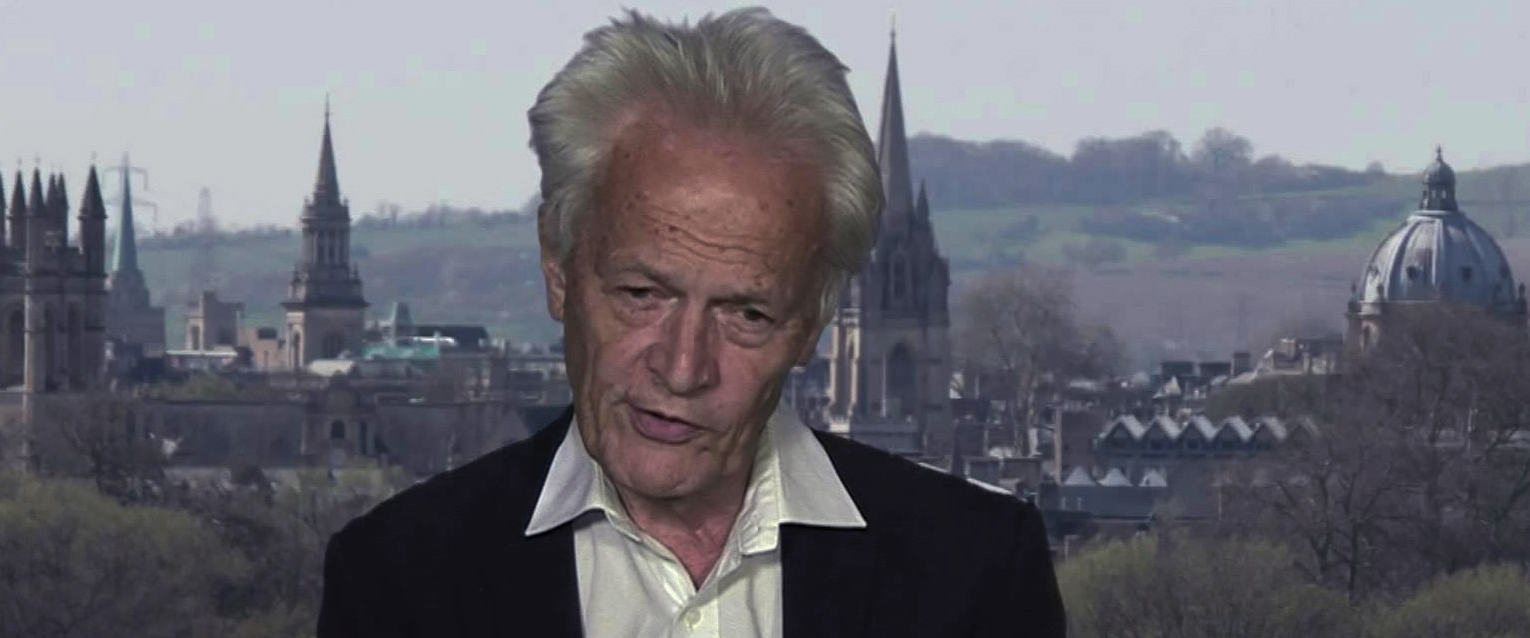
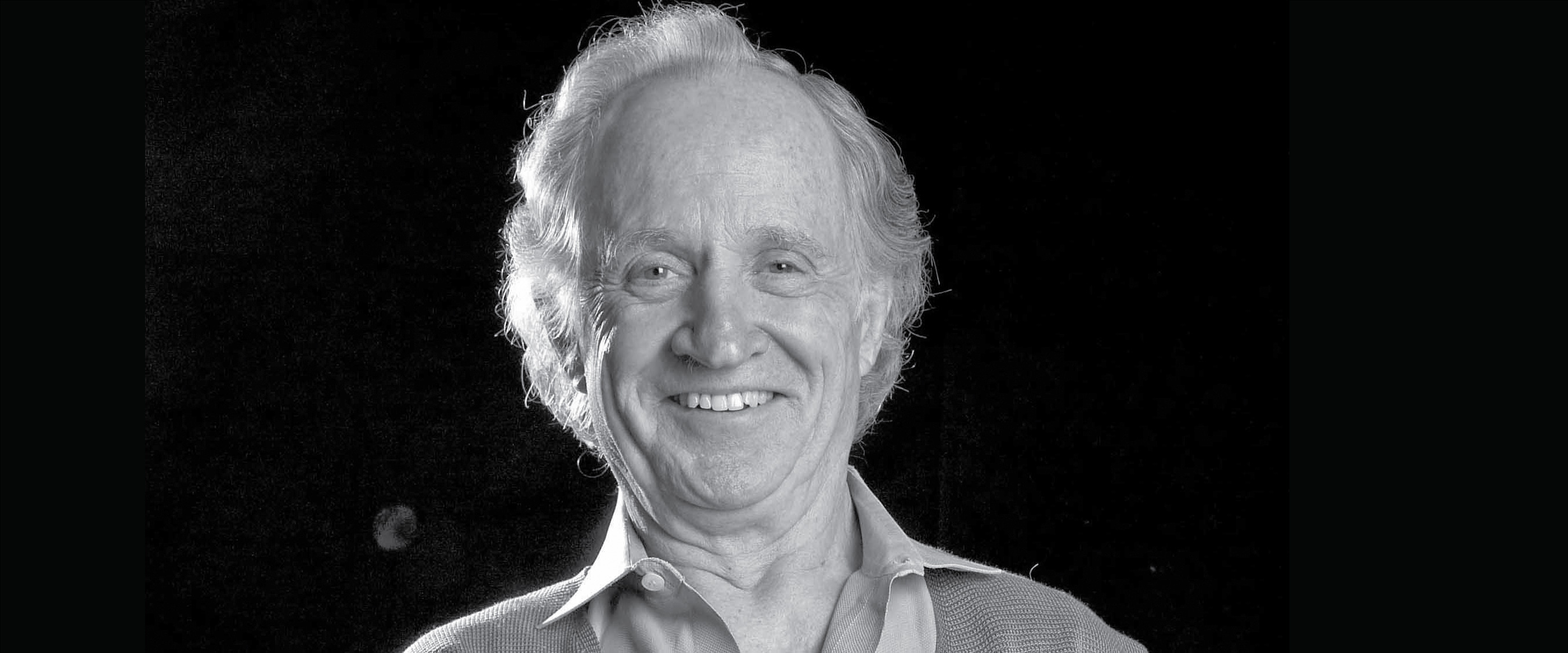
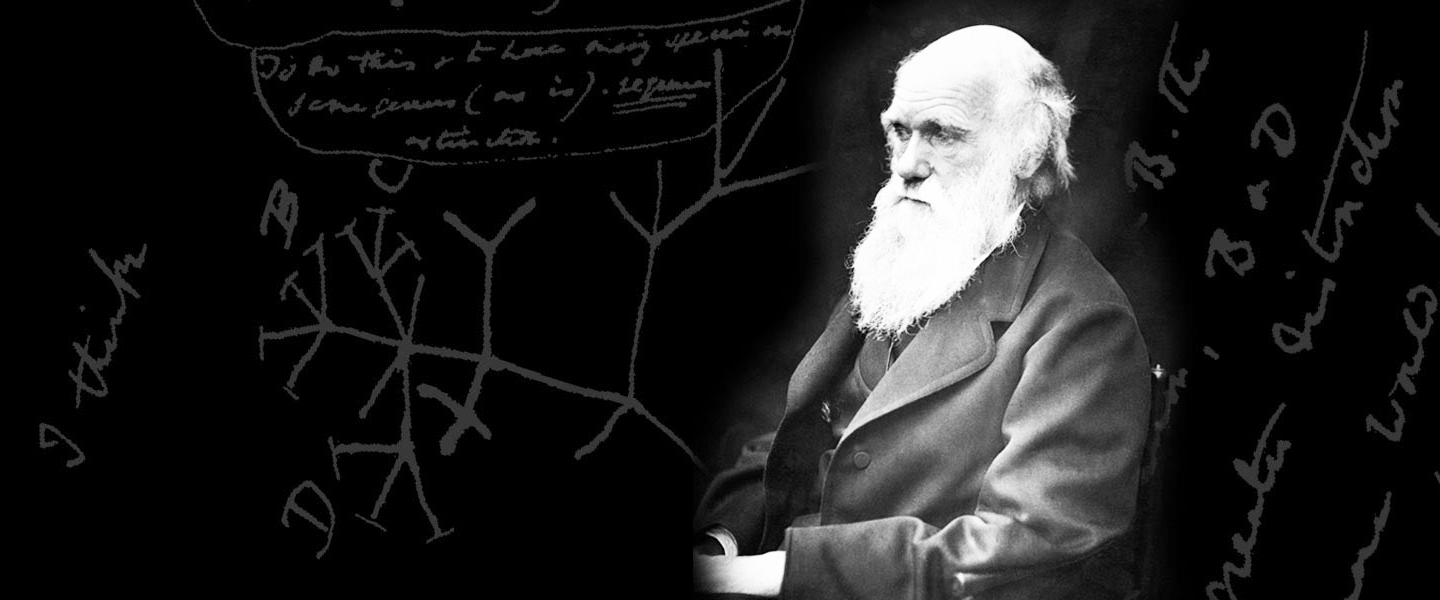



















 Articles
Articles